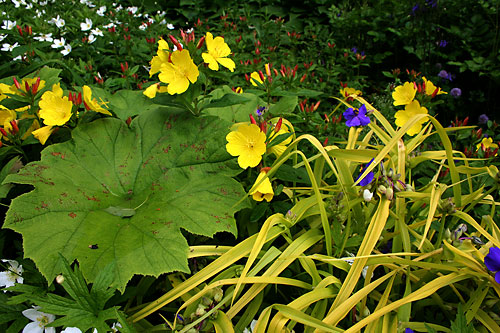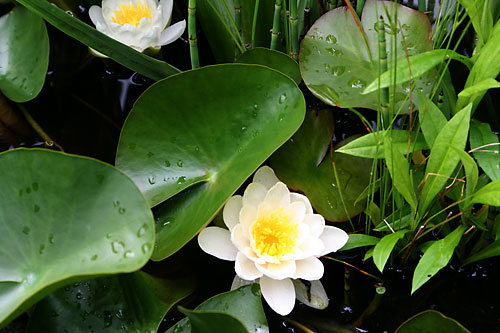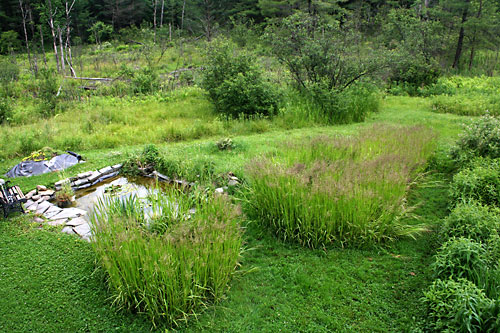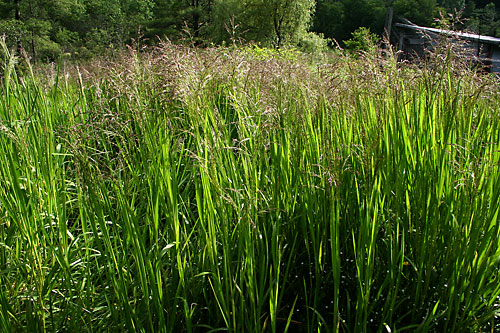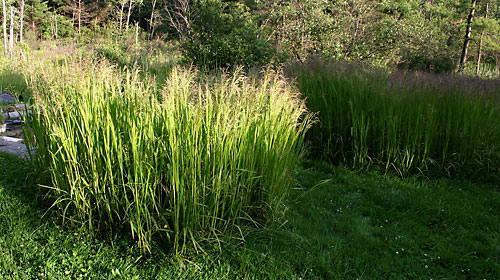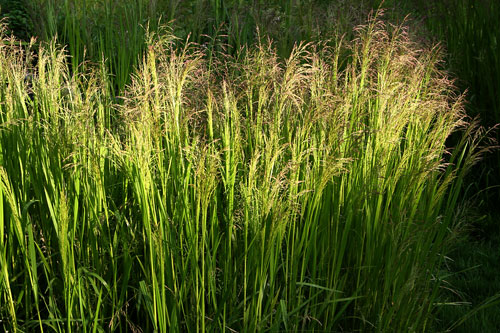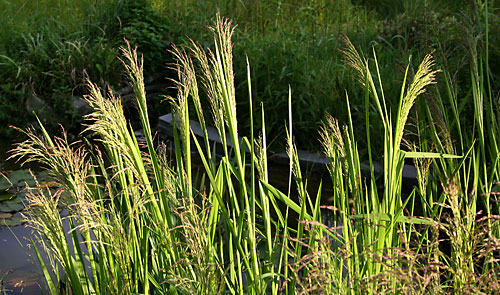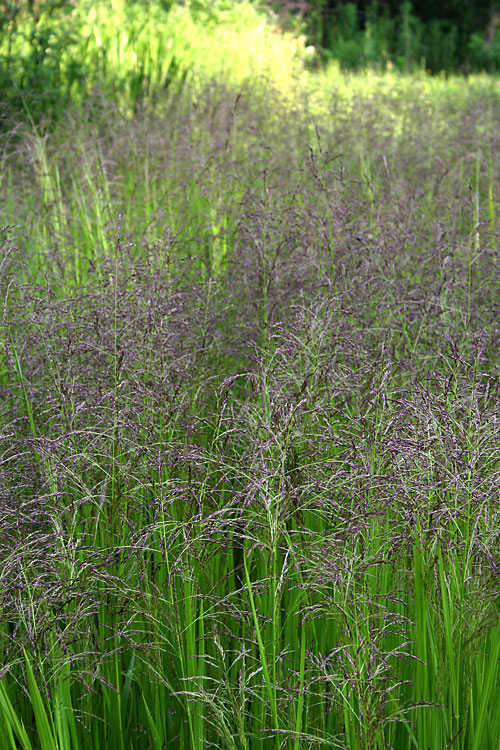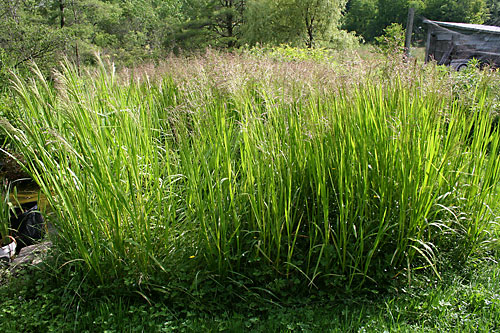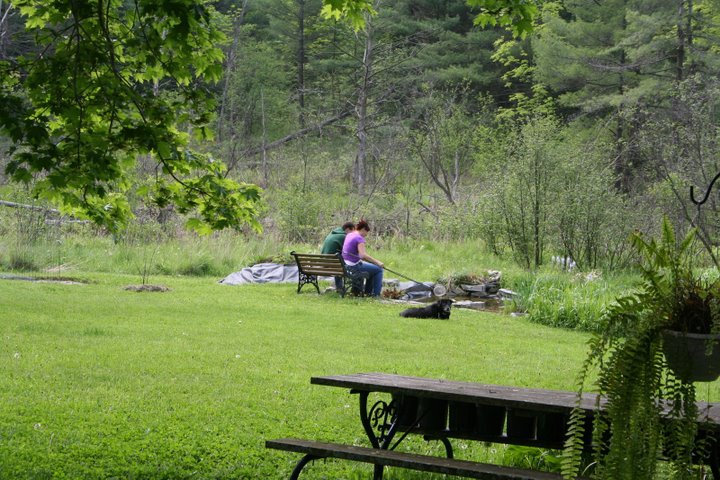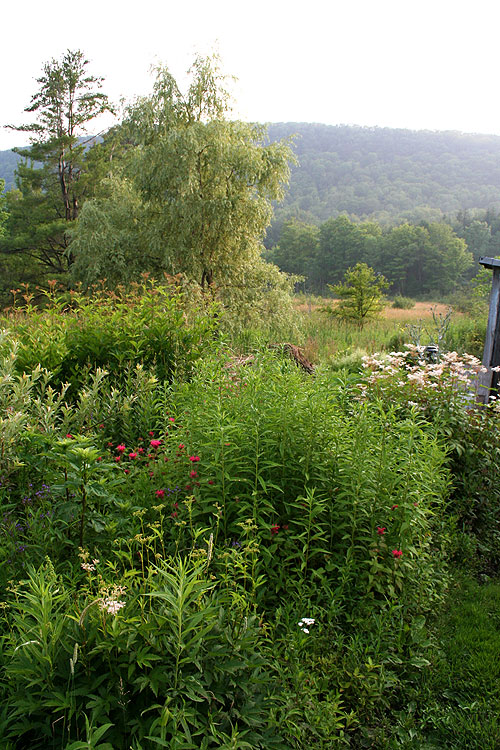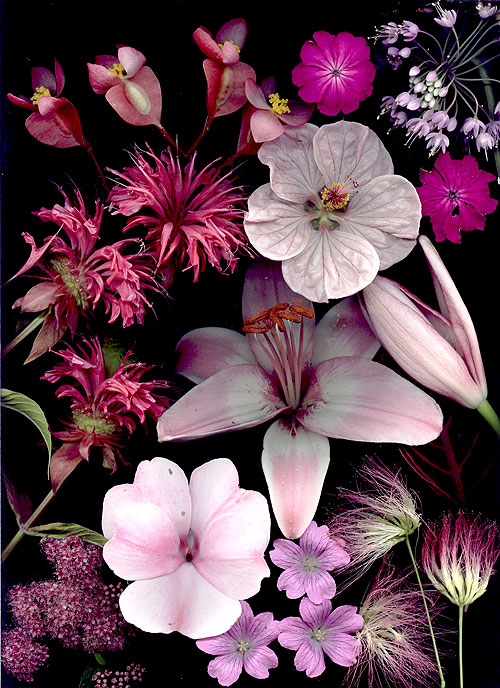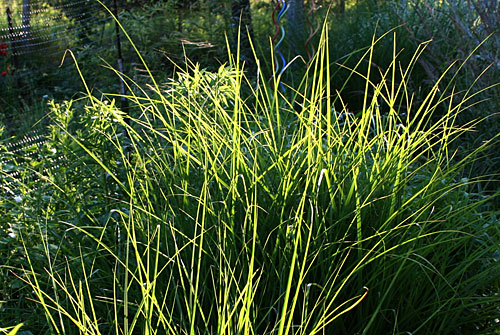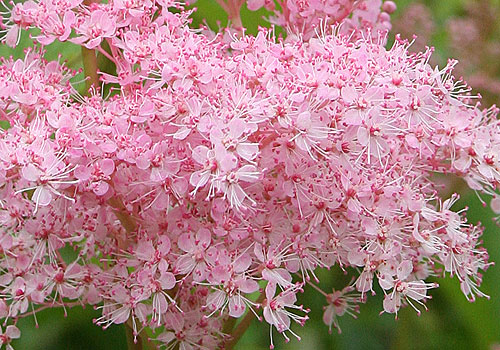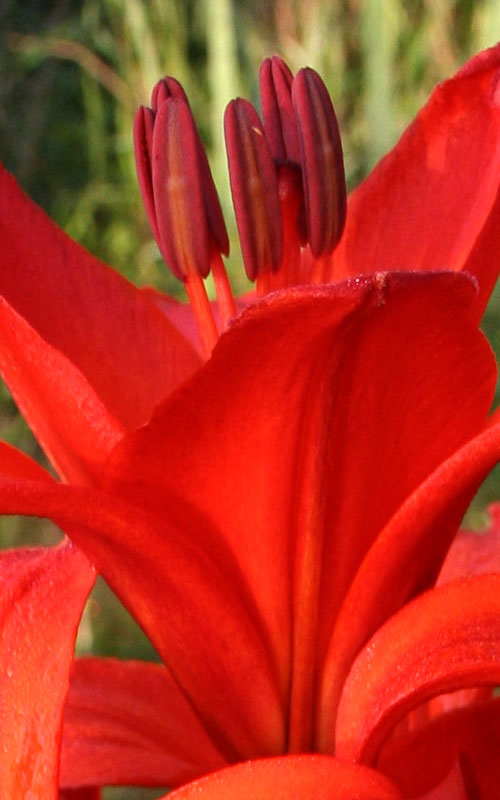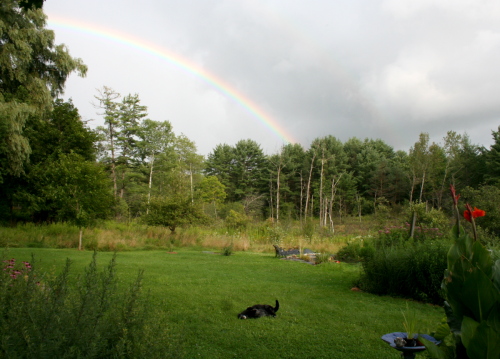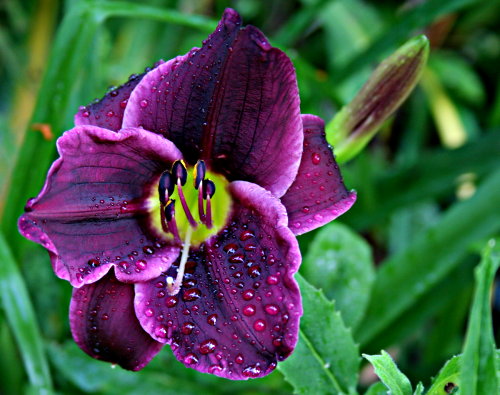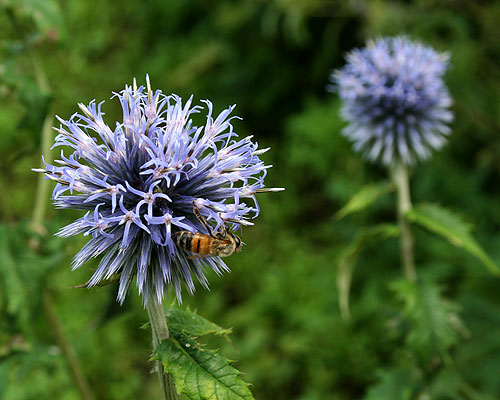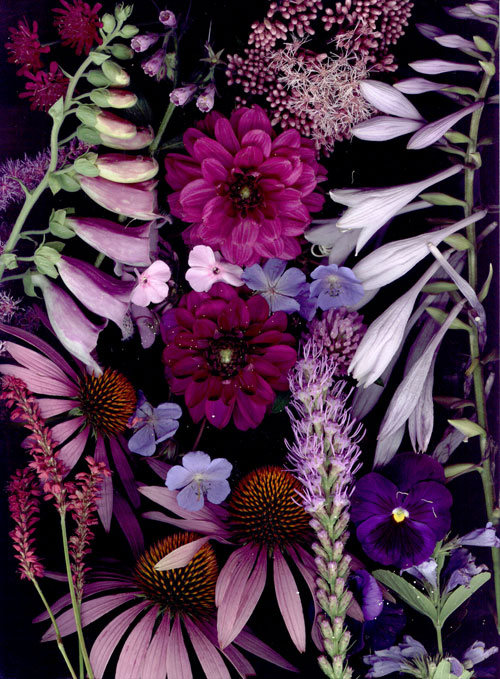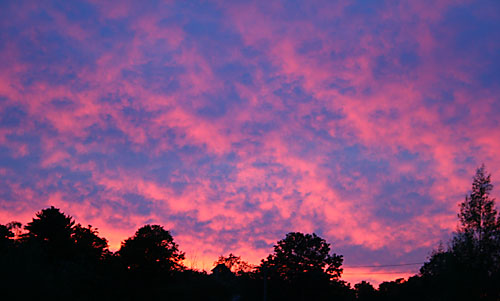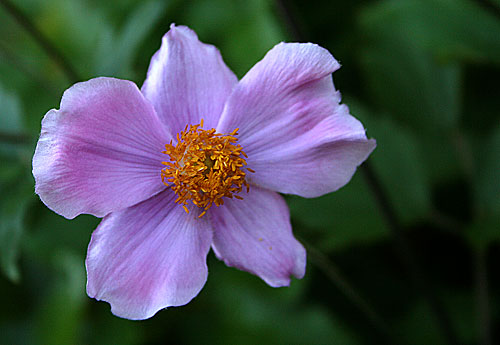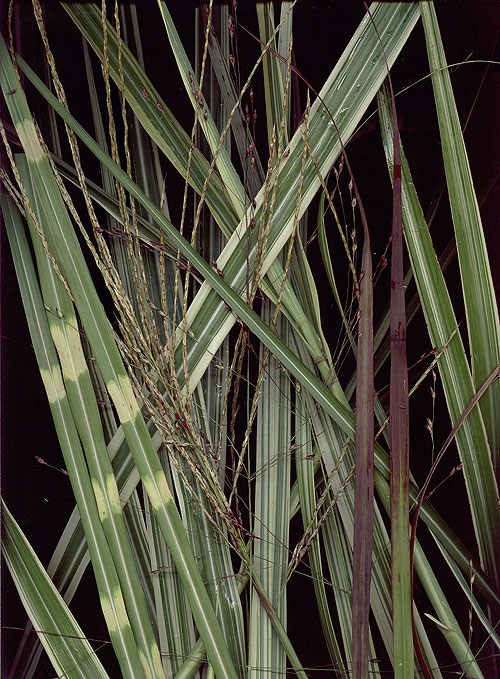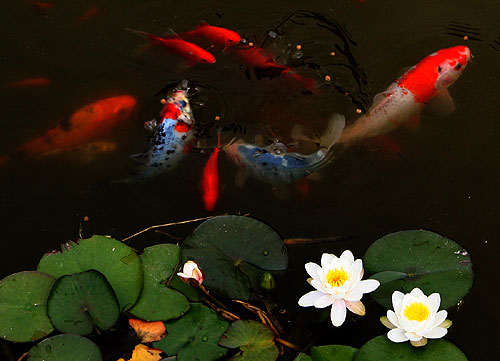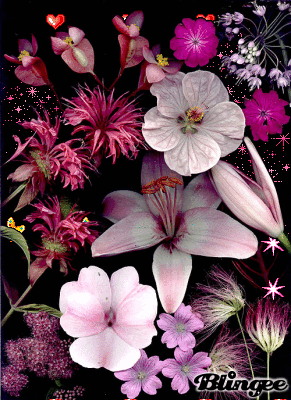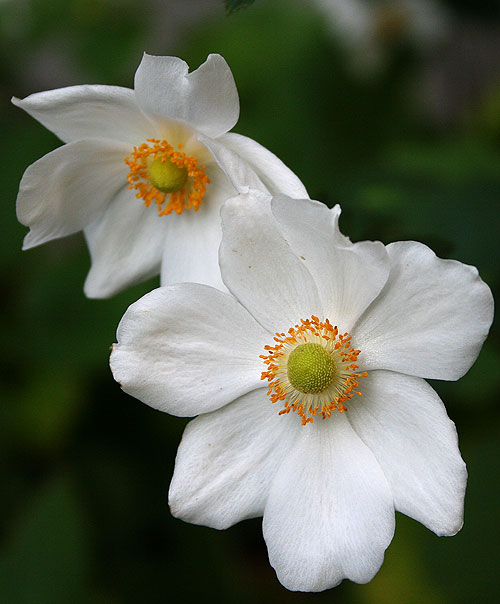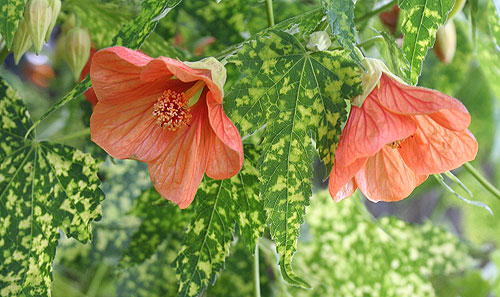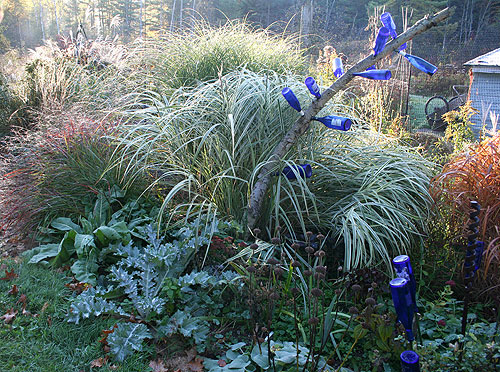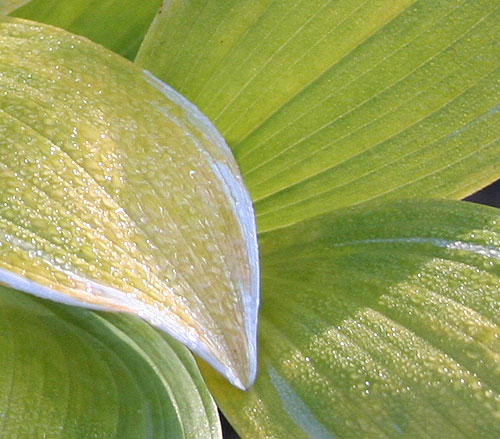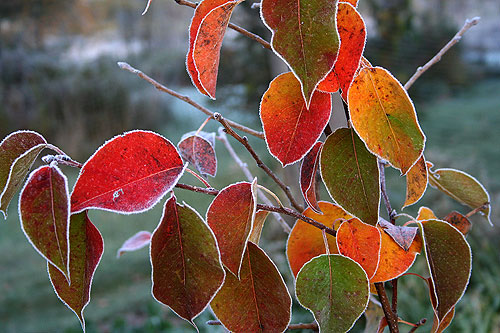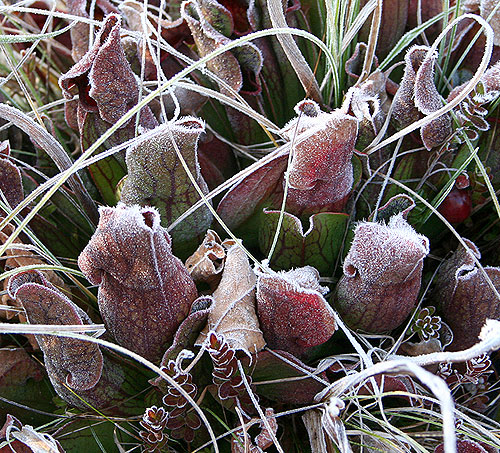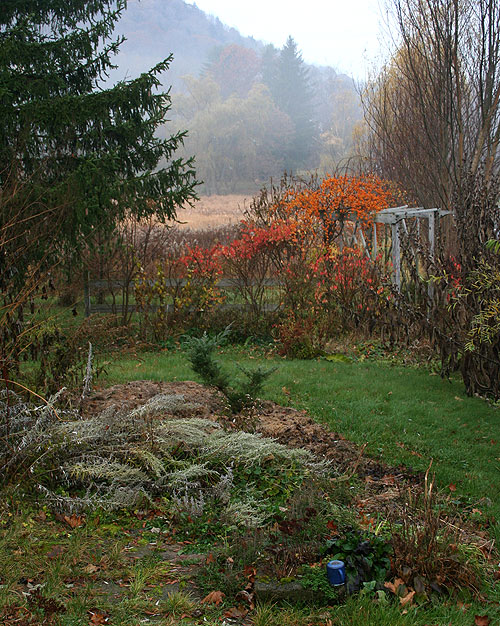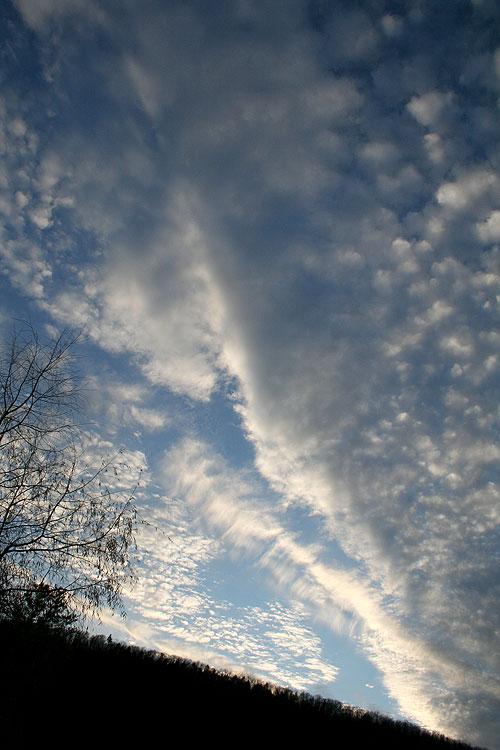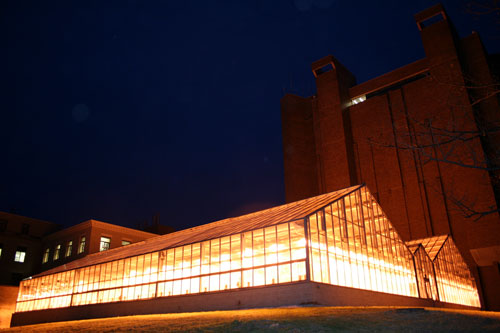Reposted from the Liberty Hyde Bailey Conservatory and Cornell Horticulture blogs. Because I like to share work stuff sometimes.

It figures. The Victoria lily (Victoria x ‘Longwood Hybrid’) began its dramatic two-day flower display — its first since being moved to the new water feature in the Palm House this summer — just as the Conservatory was closing for the holiday weekend. Fortunately, we were able to capture the event on video.
The plant was started from seed by horticulture graduate student Miles Schwartz Sax in spring of 2015. It has much in common with the Conservatory’s titan arums (Amorphophallus titanum), even though the two species are not at all closely related,
- It’s a large plant. The cultivar we’re growing is a cross between South American natives V. cruziana and V. amazonica. The latter is the larger of the two parents, and under the right conditions it can produce pads nearly 10 feet in diameter. People often photograph small children supported by the pads to demonstrate their strength. (Obey the signage and do not try it here. It’s dangerous and you’ll injure our smaller plant.)
- The bloom time is short. Victoria lilies bloom at dusk and the blooms last only about 48 hours or so.
- The flowers use fragrance and heat to attract pollinators. The first evening, the flower is white and releases a pineapple-like scent and generates heat to attract beetles. It’s a lot more pleasant than the foul odor titan arums use to attract pollinators in search of rotting flesh.
- The flower goes to great lengths to assure cross-pollination. During the first evening, the flower’s female parts are ready to receive pollen the beetles might be carrying from another Victoria lily. The flower then closes, trapping the beetles inside. During the next day, the anthers mature and start releasing pollen that the beetles carry from the flower when it opens in the evening. The flower changes to a purplish red, signaling to beetles that their pollination services are no longer needed.
One important difference: If you missed flowering this time, you won’t need to wait as long to have another chance to view this phenomena in person. Our specimen already has another flower bud poised to open soon. Subscribe to our email updates and we’ll let you know when it’s happening.




